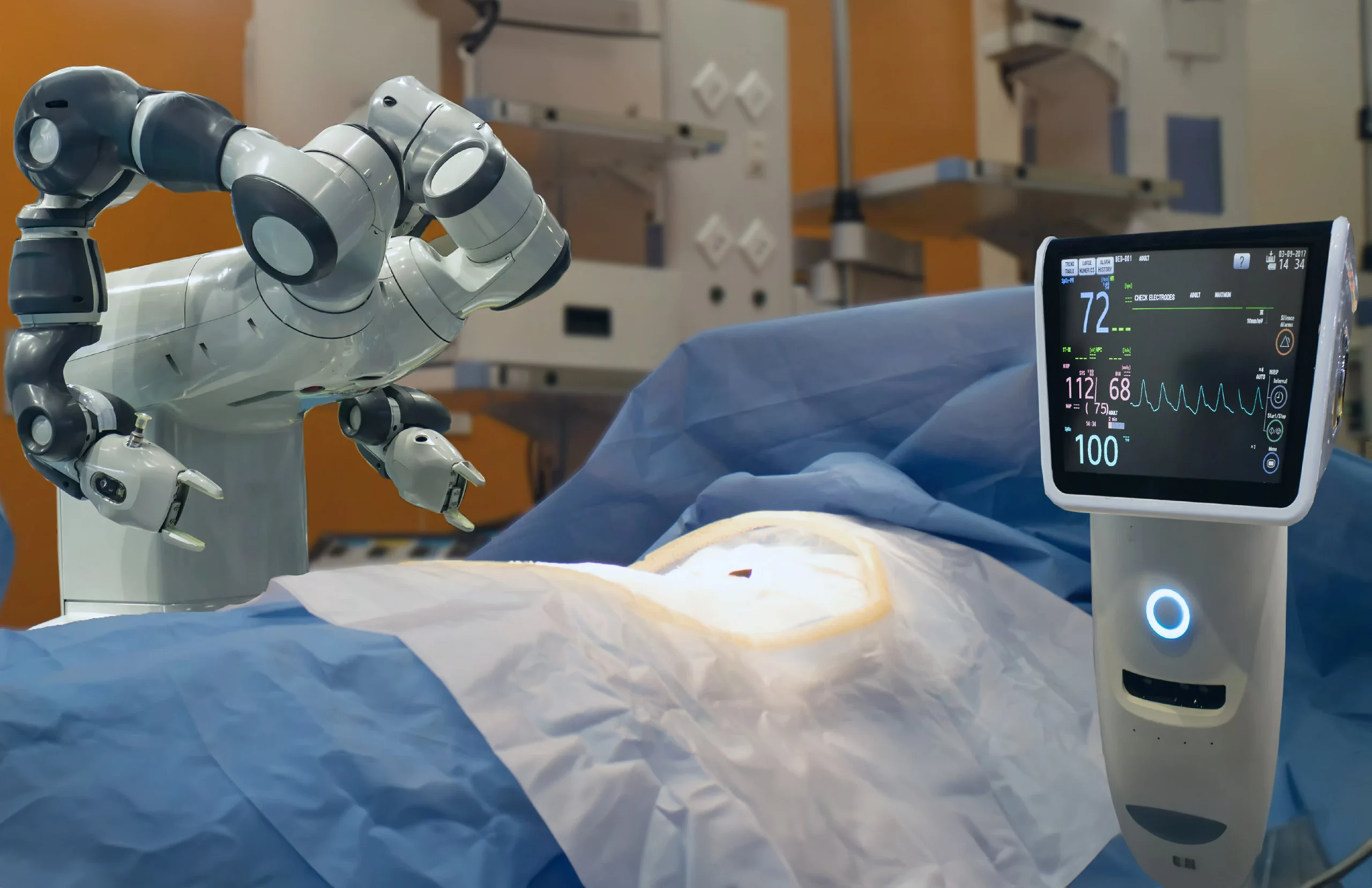With the increasing awareness of vehicle and passenger safety, the inclination of the automotive market towards adopting active safety systems like Advance Driver Assistance Systems (ADAS) is also increasing. ADAS systems alert drivers of potential risks and play a preventive role in mitigating on-road collisions.
Vision-based Advanced Driver Assistance Systems (ADAS) are quite popular Automotive IoT Solutions and typically comprise of automotive camera modules, embedded vision technologies, and complex image signal processing algorithms.
Although, the vision-based ADAS systems are quite helpful in identifying the objects in the surroundings of the vehicle, they are restricted to the field of view of the automotive cameras and are quite inefficient in providing useful insights in extreme weather conditions like heavy rains, fog, snowfall, mist, low light, dust, and nighttime. In such complex driving situations where a vehicle’s ADAS system demands visibility beyond the camera vision, as well as object recognition in a long range and operability in poor visibility conditions, RADAR-based ADAS systems are proving to be potential solutions.
Let us learn more about the RADAR-based ADAS, technology, types, and its applications in automotive ADAS systems.
RELATED BLOG
Experience Safe and Smart Driving with Vision-based Advanced Driver Assistance Systems (ADAS)
What are RADAR-based ADAS systems?
Automotive Radar-based ADAS systems are active safety systems, which assist drivers to virtually look through the vehicles and sense the static and dynamic objects on the road. The primary objective of these sensors is to detect and calculate the range, velocity, and positioning of the approaching vehicles and to notify the driver in case of any blindspot hazards.

Image courtesy: telematicswire.net
For Level 1 and Level 2 of vehicle automation, RADAR plays a significant role in driver assistance and partial automation to improve vehicle’s safety functions. Automotive RADAR is also considered as a key sensor in order to move towards highly-automated vehicles at Level 3 and Level 4.
Automotive RADAR Technology
The most acceptable radar technology in the automotive market is the Frequency Modulated Continuous Wave (FMCW) RADAR. In FMCW RADAR, the transmitter and the receiver operate continuously and generate a carrier wave known as “chirp”. This chirp is transmitted by the “transmitter” and received back by the “receiver” after reflecting from the target object and allow RADAR to calculate its range, velocity, and position.
The FMCW RADAR operates in 77 GHz frequency band (76-81 GHz), which is a dedicated frequency range of the Automotive ADAS systems. The 77 GHz frequency range is more preferred over 24 GHz range (expected to be phased out by 2022) in Automotive RADAR because of its multiple benefits. The 77 GHz frequency band is much accurate in providing a range of the detected objects, their relative speeds, and most importantly, the use of this frequency range can be supported by a compact RADAR module (with reduced Tx and Rx Antenna size) to be housed in the automobiles.
RELATED BLOG
Single Chip mmWave RADAR
Millimeter Wave FMCW RADAR systems are considered as small, lightweight high-performance radar technology mounted on a single chip. mmWave is used in automotive RADAR technology because of its smaller wavelength, high resolution, accuracy, and ability to clearly distinguish between the two distant objects. Single chip automotive RADAR systems are very popular among automakers because of their size, accuracy, and low prices.
Automotive RADAR units can be classified in terms of their range of sensing the objects, which are as follows:
- Short Range RADAR (SRR): Short Range RADAR sensors are capable of detecting the objects up to 30 meters of distance from the vehicle. Most SRR sensors are placed in two rear corners of the vehicle to accommodate ADAS features like blind spot detection, rear collision warning, lane change assistance, cross traffic alerts, and parking assistance.
- Mid and Long Range RADAR (LRR): Mid and Long Range RADAR sensors operate in 76-81 GHz of the frequency range and are capable of sensing the objects up to 200 meters from the vehicle. LRR sensors are used for Automatic Emergency Braking Systems (AEBS) and Adaptive Cruise Control (ACC) technologies.
RADAR-based ADAS systems integrated with automotive camera systems, LiDAR, ultrasonic and other vehicle sensors are very helpful in generating information about the vehicle’s surroundings. These integrated systems along with artificial intelligence applications help drivers in taking driving decisions and assist in safe and smart driving.
eInfochips as an automotive engineering solutions provider assists tier 1 and semiconductor companies in sensor fusion vision and RADAR support through specification and prototyping, design and development of the ADAS systems.













